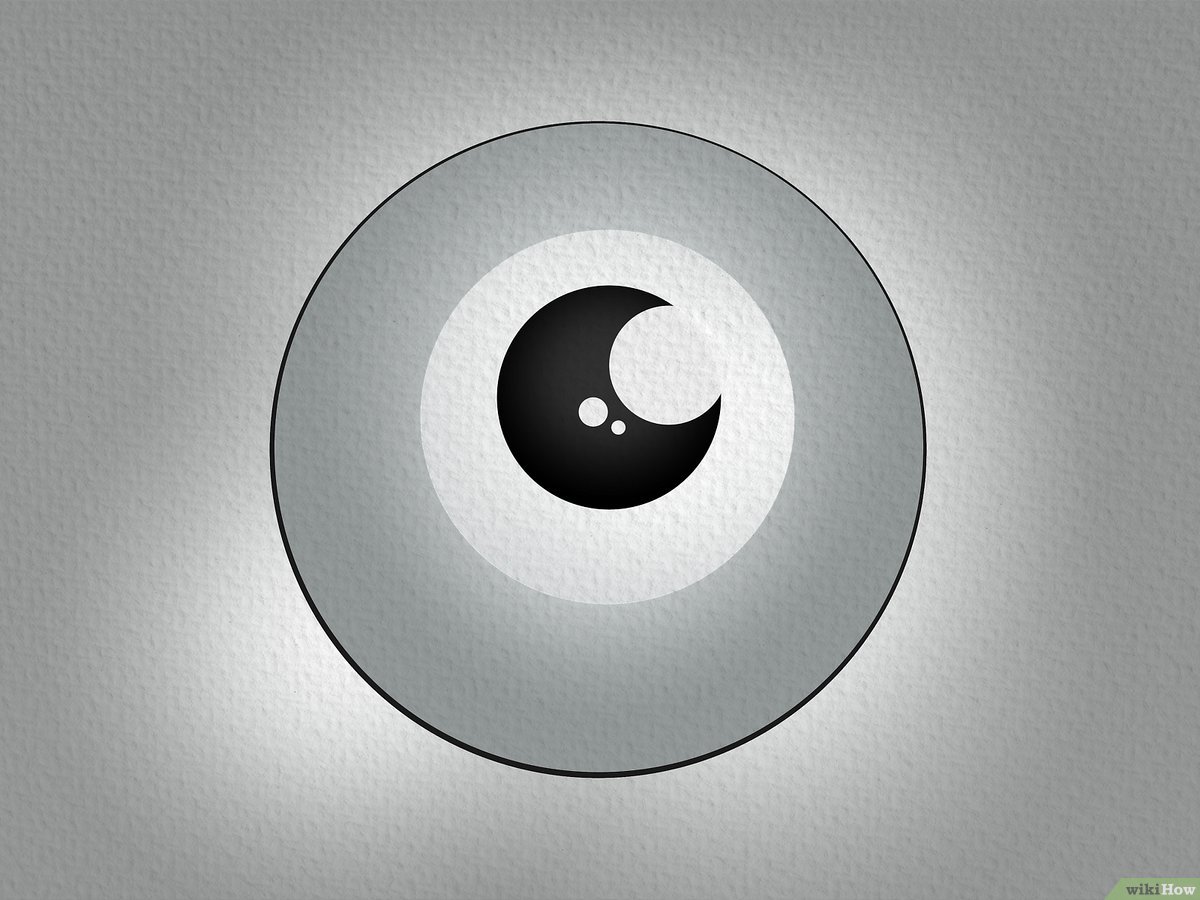For centuries, the concept of the “evil eye” has been a popular superstition across various cultures. Many people believe that this phenomenon occurs when someone casts an envious or malevolent glance towards another person, causing harm or bad luck to befall them. The idea of the evil eye can be traced back to ancient times and is still prevalent in many regions around the world.
Despite its widespread belief, the meaning behind the evil eye varies between different cultures. Some view it as a curse or hex placed on an individual by someone with ill intentions, while others see it as a form of protection against jealousy and envy. In this article, we will delve deeper into what the evil eye means and explore its significance in various traditions across history.
What is the Evil Eye?
The Evil Eye is a belief that has been present in various cultures and religions for centuries. It is believed to be a curse or spiritual harm caused by jealousy, envy, or admiration from others. The belief is that the person who possesses the Evil Eye has the power to cause harm or misfortune to others.
This belief can be found in many forms across different cultures, including Mediterranean countries like Turkey and Greece where it’s known as “Nazar” and “Matiasma” respectively. In these regions, blue glass beads or charms are often worn as protective talismans against the Evil Eye.
In some cultures, certain gestures or actions are also believed to bring about the Evil Eye. For example, in Italy pointing with your index finger at someone is considered bad luck as it’s seen as invoking the curse of the Evil Eye upon them. Overall, while beliefs surrounding the concept of an Evil Eye vary between different cultures and religions around the world, they all share a common thread: that there exists a supernatural force capable of bringing about misfortune to those who fall under its gaze.
History: A Brief Overview of Its Origins
Evil eyes have been a prevalent concept in various cultures and religions throughout history. The evil eye is believed to be a curse or negative energy that can bring harm or misfortune to those who receive it. It is often depicted as an eye symbol with a blue iris and white background, and its origins can be traced back to ancient civilizations such as the Greeks, Romans, and Egyptians.
In Greek mythology, the evil eye was known as “matiasma” or “baskania,” and it was believed that the gods could use it to punish mortals who had committed wrongdoing. In Roman culture, the evil eye was referred to as “fascinum,” which means “to bewitch.” The Romans believed that wearing amulets with images of phalluses or hands could protect them from this curse.
In Egypt, the evil eye was called “wadjet,” which represented protection and good luck instead of negativity. The Eye of Horus symbol also had protective properties against the evil eye. Today, belief in the power of the evil eye still exists in many cultures worldwide, including Middle Eastern countries like Turkey and Greece.
Beliefs: Superstitions and Cultural Significances
In many cultures, the evil eye is a superstition that is taken very seriously. It is believed that certain people have the ability to cast a curse or bring harm to others simply by looking at them with envy or jealousy. This belief has been around for centuries and can be found in numerous religions and traditions.
The concept of the evil eye varies from culture to culture, but it often involves a symbol or object that is used for protection against the curse. In some cultures, this may include wearing an amulet or charm that represents an eye. Others may use certain herbs or prayers for protection against negative energy.
Despite its origins as a superstitious belief, many people still take the evil eye seriously and incorporate it into their daily lives. Whether it’s carrying an amulet for protection or avoiding certain actions out of fear of attracting negative attention, cultural beliefs like these continue to hold significance in today’s world.
Symbols: Understanding the Eye’s Appearance in Different Cultures
In many cultures, the eye is considered a powerful symbol and has different meanings depending on the context. The evil eye is one such interpretation that has been prevalent in various cultures across the world. According to this belief, certain individuals or objects possess a malevolent gaze that can bring harm or bad luck to those who cross their path.
The concept of the evil eye originated in ancient Greece and Rome, where it was believed that envious or jealous looks could cause misfortune. This concept later spread to other regions like Turkey, India, and the Middle East and became an integral part of their folklore. In some cultures, people wear amulets or talismans with protective symbols of eyes to ward off any negative energy directed towards them. Moreover, the appearance of the evil eye differs in different cultures as well. While some depict it as a single blue eye with lashes and eyebrows, others show it as an abstract symbol resembling concentric circles or spirals.
Interpretations: The Evil Eye’s Meanings Across Time and Place
The evil eye is a symbol that has been found across cultures and across time. In some cultures, it is believed to be a curse or a spell cast by an envious person. In others, it is thought to be caused by the jealousy of the gods. The meaning of the evil eye varies depending on where it is found.
In Turkey, for example, people wear blue beads or amulets with blue eyes in order to ward off the evil eye. In Greece and other parts of Europe, the evil eye is often depicted as a malevolent glare that can cause harm or disaster to those who receive it. It is associated with envy and jealousy and is thought to be most dangerous when directed at children.
Despite its negative connotations, there are also positive interpretations of the evil eye in some cultures. In some parts of India, for example, the belief in the power of the evil eye has led to traditions like hanging lemon and chili peppers outside homes or wearing black thread around one’s wrist as protection from its effects.
Conclusion: The Power and Mystery of the Evil Eye
In conclusion, the evil eye is a symbol that holds great meaning in various cultures around the world. Whether it is used as a talisman to ward off negative energy or a way to protect oneself from jealousy and envy, its presence cannot be ignored. The belief in the power of the evil eye has been passed down through generations and continues to hold relevance in modern times. While some may view it as superstition, others believe wholeheartedly in its ability to bring good luck and protect from harm. Regardless of personal beliefs, it is important to respect and understand the cultural significance behind such symbols. So, next time you come across an evil eye amulet, take a moment to appreciate its meaning and history.
ALSO READ / type of hair layers





Be First to Comment